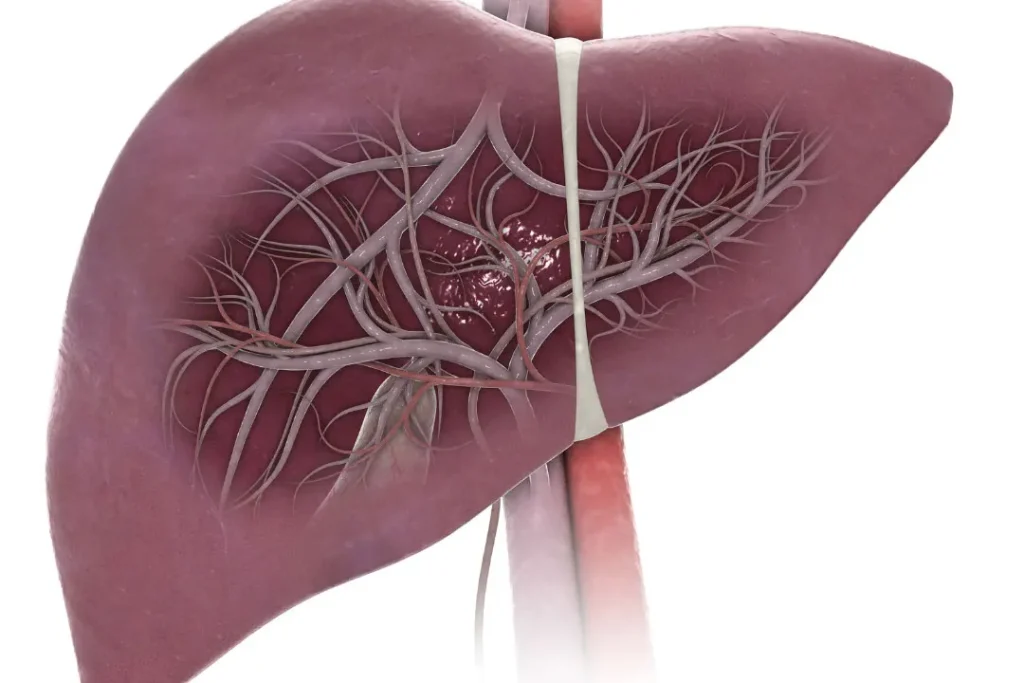A common spice made from the bark of trees belonging to the Cinnamomum cassia plant species is known as cassia cinnamon, or simply “cinnamon.” Cassia cinnamon, a native of Southern China, is well known for both its unique scent and possible health advantages. The goal of this page is to provide a thorough explanation of Cassia Cinnamon’s best responsible usage as a nutritional supplement by examining its chemistry, possible health benefits, ideal dose, adverse effects, and drug interactions.
You May Also Like:
Should You Try CBD for Focus? Here Are the Facts.
Adrenal Extract: Benefits, Dosage, Side Effects, Drug Interactions, and Other Important Information
The Nature of Cassia Cinnamon
The most commonly consumed cinnamon worldwide is cassia cinnamon, as opposed to its related Ceylon cinnamon (Cinnamomum verum). The tree’s bark is dried, rolled into sticks, or powdered into a powder and used as an ingredient in food preparation all over the globe.
The characteristic taste of Cassia cinnamon is described as sweet and toasty, and it has a high concentration of cinnamaldehyde, which makes up around 95% of its essential oil. The spice’s characteristic taste and scent are mostly due to the chemical cinnamonaldehyde, which also has some possible health advantages. Coumarin, a naturally occurring substance with its own potential health effects, is also a component of cassia cinnamon.

Health Benefits of Cassia Cinnamon
Due to the high content of cinnamaldehyde and other polyphenolic chemicals, which have anti-inflammatory and antioxidant effects, Cassia cinnamon may provide some health advantages.
- Cinnamon may be a helpful supplement for controlling type 2 diabetes since it may help with blood sugar balance, according to research. The spice may help reduce blood sugar levels by improving insulin sensitivity and glucose absorption in the body’s cells.
- Antioxidant Activity: Cassia cinnamon has been proven to have strong antioxidant properties, mostly as a result of the high polyphenolic content of the spice. In the body, damaging free radicals that might accelerate aging and chronic illnesses are neutralized by antioxidants.
- Anti-inflammatory properties: According to some studies, cinnamon’s polyphenols may also have anti-inflammatory properties, which might help to lessen the health implications of inflammation.
Chemistry of Cassia Cinnamon
Cinnamaldehyde, a volatile oil that makes up 95% of the essential oils in cinnamon, is abundant in Cassia cinnamon, the kind of cinnamon that is most often eaten worldwide. As mentioned, the substance that gives cinnamon its distinct smell and perfume is called cinnamonaldehyde. Eugenol, a substance with possible antibacterial and anesthetic qualities, is another component of this essential oil. Cinnamyl acetate, coumarin, and cinnamic acid are other chemical components in Cassia cinnamon.
Compared to other cinnamon varieties, such as Ceylon Cinnamon, Cassia cinnamon has a relatively high coumarin concentration. When taken in large doses, the aromatic chemical molecule coumarin may have negative health effects.


Physiological Mechanisms of Action of Cassia Cinnamon
Due to its interactions with many physiological processes, cinnamaldehyde, the main active ingredient in cassia cinnamon, has been linked to a number of health advantages.
- Blood Sugar Control: Cinnamaldehyde seems to increase insulin sensitivity, boosting the cells’ ability to absorb glucose and aiding in blood sugar control. Additionally, it could inhibit the digestive system’s processing of carbs, which might help maintain stable blood sugar levels after eating.
- Antioxidant Activity: Cassia cinnamon contains a lot of polyphenols, which are strong antioxidants that help combat the body’s dangerous free radicals. This antioxidant activity supports the spice’s putative anti-inflammatory and anti-oxidative protective actions against oxidative stress, both of which are linked to many chronic disorders.
- Anti-inflammatory Properties: By controlling the body’s inflammatory response, some of the polyphenols in Cassia cinnamon may have anti-inflammatory properties. These effects have the potential to be beneficial in treating chronic inflammation, which is a major factor in the development of many illnesses.
- Antibacterial Activity: According to certain research, cinnamaldehyde may possess antibacterial qualities that may prevent the development of some bacteria and fungi.
The possible health advantages of Cassia cinnamon are highlighted by the chemistry and physiological actions of this spice. To completely comprehend these systems and their consequences for human health, further investigation is necessary. When thinking about using Cassia cinnamon as a nutritional supplement, it’s also essential to take into account its coumarin content and associated health hazards.


Optimal Dosage of Cassia Cinnamon
The ideal dose of Cassia cinnamon might vary based on your unique circumstances, which include age, health state, and the existence of certain health issues, as is the case with many nutritional supplements. Nevertheless, the usual doses used in studies vary from 1 to 6 grams daily. As usual, speaking with a healthcare professional is advised before beginning a new supplement program.
Potential Side Effects of Cassia Cinnamon
In general, Cassia cinnamon is safe to consume in the quantities normally found in meals. Due to its coumarin concentration, larger doses or prolonged usage as a supplement may pose certain dangers. When ingested in excessive doses or by those who are sensitive, coumarin is recognized to have the potential to harm the liver.
Due to its tendency to reduce blood sugar, Cassia cinnamon may interact with diabetic medications and thus may cause hypoglycemia, or unusually low blood sugar. Therefore, if you are taking any diabetic medication, it is imperative that you speak with a healthcare professional.


Responsible Uses of Cassia Cinnamon
While using Cassia cinnamon has the potential to be healthy, caution should be taken. Most people may safely consume it when used as a spice in food. However, the possibility of liver damage because of its coumarin concentration should be taken into account if used as a supplement in higher amounts.
Cassia cinnamon has potential health advantages as a food staple. To definitely demonstrate its therapeutic potential and safety, additional thorough clinical studies are necessary. The function of Cassia cinnamon in therapeutic and dietary settings is expected to keep changing as research advances, opening up the potential for future health uses.
Cassia Cinnamon:
Conclusion
Cassia cinnamon is derived from the bark of the Cassia tree and originates from China. Cassia cinnamon is known for its sweet and toasty aromatic flavor, making it a popular spice used in various cuisines. Beyond its culinary uses, Cassia cinnamon has potential medicinal properties in controlling type 2 diabetes. It also helps to regulate metabolism by exacerbating antioxidant and anti-inflammatory effects. You have to know that individual responses to this supplement vary. Thus, you should seek personalized advice from a doctor before incorporating Cassia cinnamon into your diet, especially if you have underlying health conditions. In addition, you should get Cassia cinnamon supplements from trustworthy and reputable sellers.
References:
- “Antioxidant Activity in Two Pearl Millet (Pennisetum Glaucum) Cultivars as Influenced by Processing.” Retrieved from: https://www.tandfonline.com/doi/abs/10.1080/096374899101382
- “Cinnamon and Its Metabolite Sodium Benzoate Attenuate the Activation of p21rac and Protect Memory and Learning in an Animal Model of Alzheimer’s Disease.” Retrieved from: https://journals.plos.org/plosone/article?id=10.1371/journal.pone.0129779
- “Cinnamomum Cassia (Cinnamon): Cinnamon Is A Common Spice That Has Recently Gained Attention as A Possible Treatment for Diabetes.” Retrieved from: https://www.sciencedirect.com/topics/biochemistry-genetics-and-molecular-biology/cinnamomum-cassia
Important Note: The information contained in this article is for general informational purposes only, and should not be construed as health or medical advice, nor is it intended to diagnose, prevent, treat, or cure any disease or health condition. Before embarking on any diet, fitness regimen, or program of nutritional supplementation, it is advisable to consult your healthcare professional in order to determine its safety and probable efficacy in terms of your individual state of health.
Regarding Nutritional Supplements Or Other Non-Prescription Health Products: If any nutritional supplements or other non-prescription health products are mentioned in the foregoing article, any claims or statements made about them have not been evaluated by the U.S. Food and Drug Administration, and such nutritional supplements or other health products are not intended to diagnose, treat, cure, or prevent any disease.
